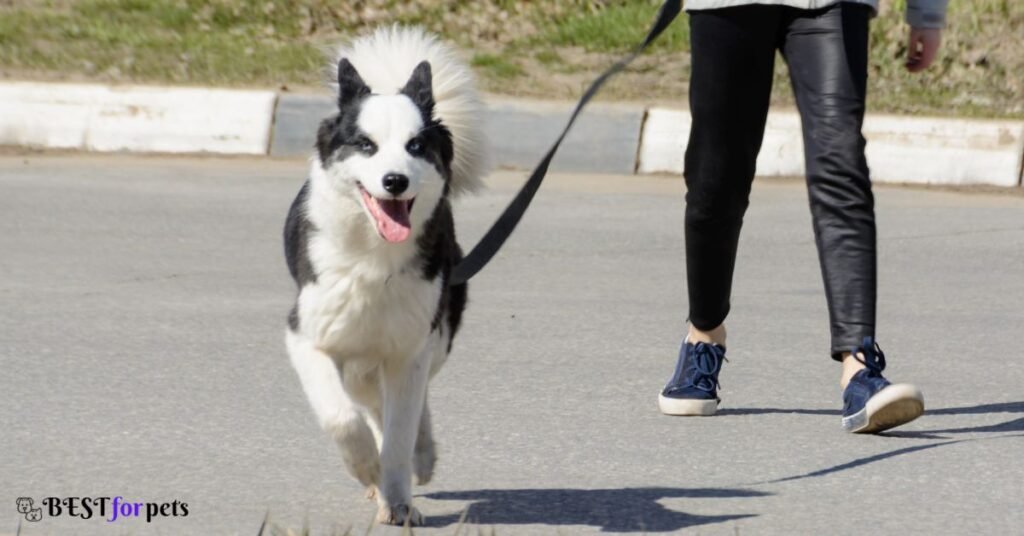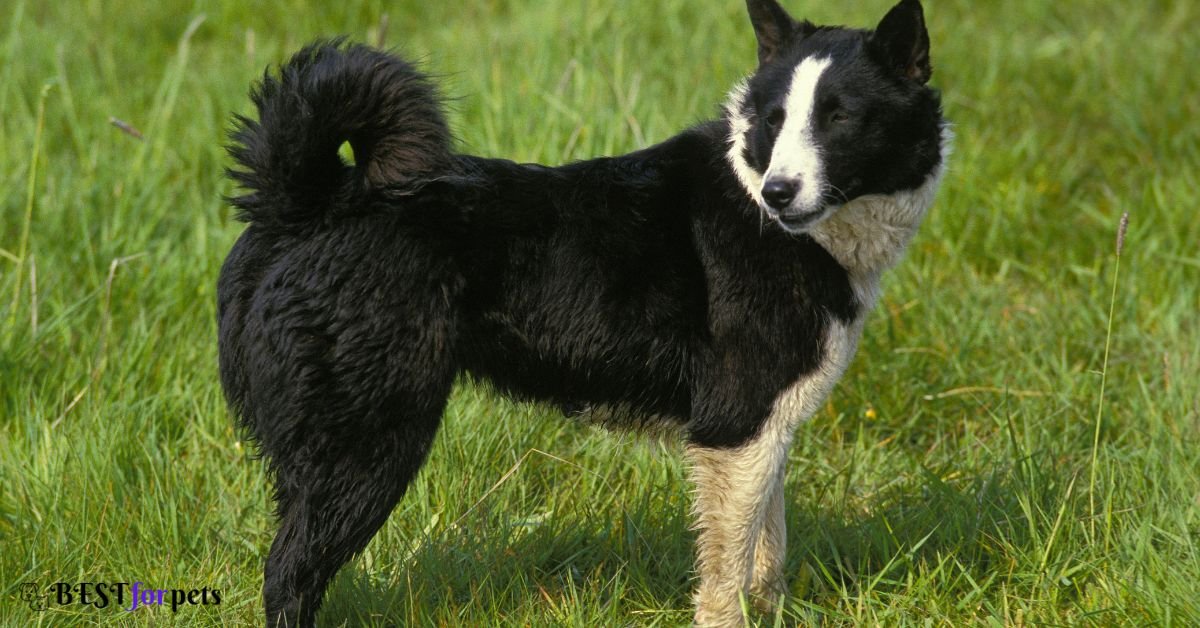//Prices//
Karelian Bear Dog Price In India
Karelian Bear Dog price in India can range between Rs 30,000 to Rs 60,000. Karelian Bear Dog price in India depends on many factors. It is not that the Karelian Bear Dog price will be the same across India. It depends on several factors that are mentioned below.

Various Factors That Affects The Price Of Karelian Bear Dog
Several factors can influence the price of a Karelian Bear Dog. It’s important to note that prices can vary significantly based on geographical location, breeder reputation, lineage, availability, and the dog’s characteristics. Here are some key factors that can affect the price of a Karelian Bear Dog:
Breeder Reputation and Quality:
Reputable breeders who have invested time, effort, and resources into breeding healthy and well-tempered Karelian Bear Dogs often charge higher prices. Breeders with a strong track record of producing high-quality dogs and adhering to breed standards may have higher demand, which can reflect in the price.
Lineage and Pedigree:
Karelian Bear Dogs with strong pedigrees and champion bloodlines may command higher prices. Dogs that come from lines with a history of successful working or show titles can be more sought after by potential buyers.
Health Clearances and Certifications:
Karelian Bear Dogs that have undergone health screenings and obtained certifications for genetic health conditions may have a higher price tag. Health clearances for issues such as hip dysplasia, eye conditions, and genetic disorders can provide assurance to buyers.
Age and Training Level:
Puppies typically have higher demand compared to adult dogs, which can affect their price. Additionally, if a Karelian Bear Dog has received basic training or has specialized training for specific tasks or activities, it can increase its value.
Demand and Availability:
The supply and demand for Karelian Bear Dogs in a specific region or country can influence their price. Areas with limited availability or a high demand for the breed may result in higher prices.
Show or Working Potential:
Karelian Bear Dogs with exceptional conformation or demonstrated abilities in working activities, such as hunting or obedience, may have higher prices due to their potential for success in specific fields.
Geographic Location:
Prices for Karelian Bear Dogs can vary depending on the cost of living and the availability of breeders or sellers in a particular region. In some areas, transportation costs may also be factored into the overall price.
An Introduction To Karelian Bear Dog
Karelian bear dog: History and Origins
The history and origins of the Karelian Bear Dog can be traced back to the region of Karelia, which spans parts of Finland and Russia. These dogs were developed by the Finno-Ugric people who inhabited the northern regions and relied on hunting for their survival.
The Karelian Bear Dog was specifically bred for hunting large game, including bears and moose. The breed’s roots can be traced back several centuries, making it one of the oldest breeds in Finland. These dogs played a crucial role in the lives of the people in Karelia, assisting them in their hunting expeditions and protecting them from dangerous predators.
The breed’s development focused on creating a dog with exceptional hunting abilities, endurance, fearlessness, and loyalty. The Karelian Bear Dog’s primary purpose was to assist hunters in tracking, confronting, and holding large game until the hunters could arrive to make the kill. The dogs would use their powerful barks and fearless demeanor to intimidate and deter the prey, allowing the hunters to approach safely.
The Finno-Ugric people carefully selected and bred dogs with the desired traits for hunting bears and other game. Over generations, a breed with distinctive characteristics emerged, which we now recognize as the Karelian Bear Dog.
In the early 20th century, efforts were made to standardize the breed and establish breeding programs. The Finnish Kennel Club officially recognized the Karelian Bear Dog as a breed in 1946, and the breed standard was developed. Today, the Karelian Bear Dog is recognized by various kennel clubs and organizations worldwide.
While the Karelian Bear Dog’s role as a hunting companion has diminished over time, it remains highly valued for its hunting skills, loyalty, and versatility. In addition to being adept at hunting large game, these dogs are also used for tracking, search and rescue operations, and as working dogs in various capacities.

Karelian bear dog: Appearance
The Karelian Bear Dog is a medium-sized, well-muscled dog that exhibits a strong and sturdy build. Their physical appearance reflects their hunting heritage and their ability to withstand harsh climates. These dogs have a dense double coat consisting of a straight, short outer layer and a soft, thick undercoat, which provides insulation and protection against the elements.
The coat color of the Karelian Bear Dog is typically black, with distinct white markings on the head, chest, and legs. The contrast between the black and white fur enhances their striking appearance. Their eyes are alert and expressive, radiating intelligence, while their erect, triangular ears contribute to their distinct and noble look.
Karelian bear dog: Temperament
The Karelian Bear Dog possesses a unique temperament that combines loyalty, fearlessness, and independence. These dogs are known for their unwavering loyalty and devotion to their families, making them excellent companions. Despite their friendly and affectionate nature towards their loved ones, they also have a strong protective instinct. Karelian Bear Dogs are courageous and fearless, making them reliable guardians and watchdogs.
As hunting dogs, they possess a high prey drive and an innate ability to track and confront large game. This strong prey drive requires proper training and management to ensure they channel their instincts appropriately in a domestic setting. Early socialization is crucial for them to develop good manners and to interact well with other animals and people.
Karelian Bear Dogs are highly intelligent and independent thinkers. They have a keen sense of observation and can make decisions quickly. While this independence can be an asset in certain situations, it also requires consistent and patient training methods. Positive reinforcement techniques, such as rewards and praise, work well with these dogs, motivating them to learn and follow commands.
Frequently Asked Questions
Are Karelian Bear Dogs good with children?
Karelian Bear Dogs can be good with children when properly socialized and raised together. However, due to their strong hunting instincts and independent nature, they may not be suitable for households with very young children or those who are not experienced in handling large, active dogs.

